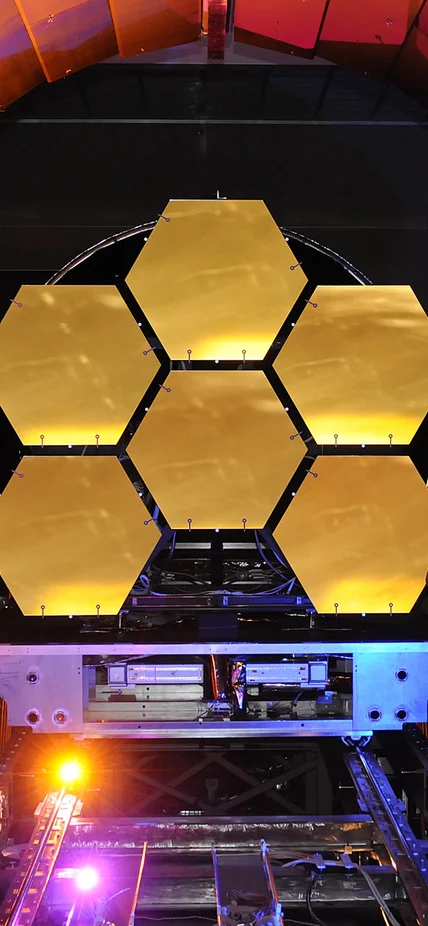We are all excited about the year ahead of us. Soon, we hope to break free from the shackles of the last two years and reignite the fires of campus life at the Earth and Planets Laboratory (EPL). We very much hope to see many of our friends and colleagues in person this year rather than the virtual renditions we have become overly accustomed to.
Throughout the last two years, the impressive resiliency of everyone at EPL has meant that the pace of discovery continues to be outstanding, and we are off to an auspicious start in the new year.
A new telescope in town
Scientists worldwide received a special gift this past Christmas with the launch and deployment of the James Webb Space Telescope (JWST), a truly awesome technical feat that came with a good deal of nail-biting. We were in awe as it unfolded like a newly emerged cicada!
Last year, we learned that two projects led by EPL scientists won coveted observation time on the new telescope. These projects will use the remarkable capabilities of this infrared telescope to interrogate the properties of exoplanets and their atmospheres.
- Staff Scientist Johanna Teske and Carnegie Fellow Munazza Alam will aim the scope at super-Earths and sub-Neptunes—planets with sizes common among exoplanets but conspicuously missing from our own solar backyard.
- Staff Scientist Peter Gao will focus the scope on ‘super-puffs’—bizarre objects large in size but low in density that have confounded explanation (sort of the cosmic version of ‘cheesy poofs’).
Teske, Gao, and their colleagues will use the information they collect to better understand the origin of these exo-worlds and hopefully shed light on how our own Solar System formed and whether any of these objects might be habitable.
Looking for life in Martian meteorites
Indeed, the search for life outside of our own planet has captivated scientists for generations. Over the years, we’ve found that organic matter is in no short supply in carbonaceous chondrites —the most primitive building blocks of our Solar System. However, finding organic material doesn’t necessarily mean we found life. Anyone who ever took a college course in organic chemistry will well remember the ridiculous number of organic compounds that can form by non-biological processes.
As we gain access to planetary surfaces in our Solar System through meteorite samples and landers like Perseverance, we often get excited when organic molecules are discovered. These compounds can have compositions and textures that mimic those made by biological processes, and it can be hard to tell the difference.
One example is the Allan Hills meteorite, which was discovered in the Antarctic in 1984 and is considered one of the oldest known projectiles to reach Earth from Mars. Scientists have argued about where the meteorite’s organic molecules came from for decades. Recently, through painstaking, cutting-edge micro-and nano-analysis, EPLs own Andrew Steele and a bevy of EPL and international colleagues discovered that processes that occur on Earth’s modern seafloor were operating on early Mars to produce the abiotic organic compounds.
In short, geochemistry, not Martians, created the organics. While they are not the stuff of life, they may be the precursors. The search continues.
Awarding a lifetime of astronomical achievement
We are always thrilled when our scientists are honored. We are delighted to report that Carnegie’s Alan Boss was named one of 23 new Fellows of the American Astronomical Society chosen for their “extraordinary achievement and service” to the field.
No words could be more fitting for Alan, whose contributions to the fields of astronomy and astrophysics are manifold.
He was specifically recognized for “innovative theoretical investigations of the formation of stars and exoplanets” as well as “tireless leadership within the exoplanet exploration community in ensuring that NASA executes a credible and successful exoplanet program.” Congratulations Alan!
And, as ever, thank you for being a part of this community that is committed to groundbreaking science and exploring our Universe. I can’t wait to see what 2022 has in store.
Michael Walter
Director
Earth and Planets Laboratory
